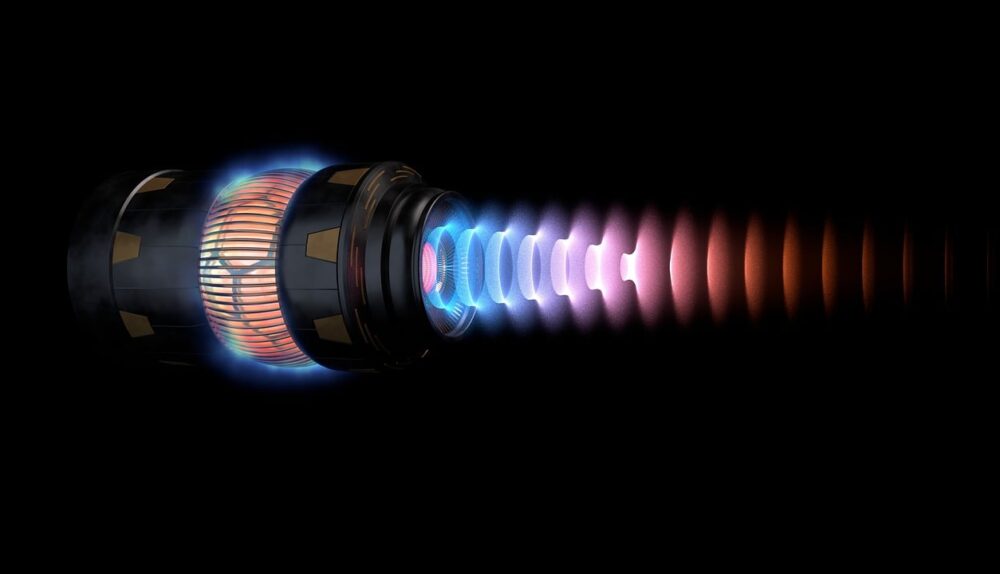Who am I?
• I am a representative of J&T Finance Group, for which I have worked since 1996.
• I am one of the founding members of J&T Finance Group.
• In 1998, I was involved in the acquisition of Podnikateľská banka in the Czech Republic, which later became J&T BANK.
• In 2006, I founded J&T BANK in Slovakia. For the next few years, I was the bank's director and currently I am the vice president of J&T.
• During my leadership at J&T Banka, we built a well-known and respected private bank on the market with more than 10 thousand clients and an interesting market share in the wealthiest sector.
1. What does your job mean to you?
My job? What I enjoy.
I have always been close to banking. Shortly after graduating from college, I started working for J & T, then a securities trader, now a successful private bank and a large financial holding. My work has also become my hobby. I am convinced that in order for a person to perform at their best, it is essential to find a hobby in their work. I worked for many years as a director of J & T Banka, currently I am the Vice President of the J & T Group and every day I encounter new tasks that are a challenge for me. I travel a lot, meet new people and constantly gain valuable experience that moves me forward in life.
2. What career did you dream of when you graduated from college?
I always wanted to do what fulfills me, has meaning and I enjoy it, and that's when you can be better and more successful at what you do. Then you don't look at the time you spend working, because it's something you could do all the time. But after graduating from college, I had no idea that I would end up as a banker/financier. It's important to find your place in life where you feel "at home", where you are better than average and go that way. And at the same time, don't forget to constantly work on yourself, move forward and have new challenges ahead of you so that you don't stay in one place, and I'm doing well at that so far.
3. What is your opinion on the saying "money corrupts character"?
Unfortunately, I have to partially agree. Nevertheless, I know many successful people who, thanks to their work and determination, have achieved a lot, which was naturally reflected in their income. However, they remained themselves. Money certainly makes our lives more pleasant, but real life is about other values. However, few people are aware of this fact, or rather, they understand the fact that money is not of primary importance only when they lose their real values.
4. Do you think it is possible to build a country similar to Switzerland in Slovakia?
In my life, I am guided by the principle that nothing is impossible. Slovakia is a small country, but with great potential. However, becoming the "second" Switzerland will be a very long and difficult journey, on which it will be necessary to adopt many fundamental systemic changes, anti-corruption measures and many other interventions. Without them, Slovakia will remain at the stage before the founding of the republic, that is, only at the level of promises and wishes.
5. What do you think is the difference between poor, middle class and rich people? What fundamentally sets them apart?
Since J & T Banka focuses on private banking and, one might say, the richest people in the country, I personally know a few of them very well. And I must say that in general, I am very enriched by talking to them about their views on life, their hobbies, and the paths they took to success and wealth. And by wealth I don't just mean the amount of money in a bank account, but mainly the life experiences they had to go through in life to be who they are today. The rich certainly have more options, they can afford a more comfortable life, they can provide their children with better education or above-standard health care. The poor or the middle class often cannot afford that, or at least not to such an extent. However, money is only a means to a more pleasant life and does not indicate or guarantee a person's happiness or satisfaction.
6. In your opinion, is the development and establishment of financial groups in Slovakia unique from the perspective of surrounding countries?
The emergence of financial groups in Slovakia is mainly associated with the times of privatization. Their operation in our country is not unusual compared to the situation abroad. It was just a group of young people who were not afraid to start a business in the short time after the "gentle revolution", when entrepreneurship was a very unknown concept for many people who had lived for a long time under socialism. In our territory, people look at financial groups "through the fingers", so to speak, and perceive them more or less negatively. However, the fact is that they have an impact on our economy, employ many people, pay considerable taxes and, last but not least, invest in development in our territory.
7. Do you think it is possible to help others by changing their thinking?
Of course, yes, but you will never change someone unless they want to change themselves. I am convinced that a person's life depends on their internal setting, their psyche and thinking. We cannot influence certain things in them, but thinking positively is the basis of a person's satisfaction. Feedback is very important, a person should have someone with them who can guide them or show them a different path. In this regard, our parents, friends or partners play an important role. As part of the primary social group, they perhaps influence our thinking the most and can help us in this way.
8. Do you think it's possible that admiration will one day overcome envy?
I believe so 🙂 Although one of the not very flattering traits of Slovaks is envy and looking at what someone else has and I don't. I think that over time there will be a shift for the better in this direction. There are more and more successful people in Slovakia who can and should be an example for us. I believe that it will be so one day.
9. Can a leader as a personality be irreplaceable in the management of a company?
From a general economic point of view, every person is replaceable. However, not every manager in business becomes a natural leader. Leadership is something that a person must have within themselves, something they must be born with. From this point of view, leaders play a very important role in the management of companies and therefore they are certainly more difficult to replace, but in my opinion certainly not irreplaceable.
10. If you had a magic wand and one wish, what would you wish for?
To have only happy and smiling people around you. And I believe that soon this wish will not be just a wish, but a reality;)
Vladimir Orth

































